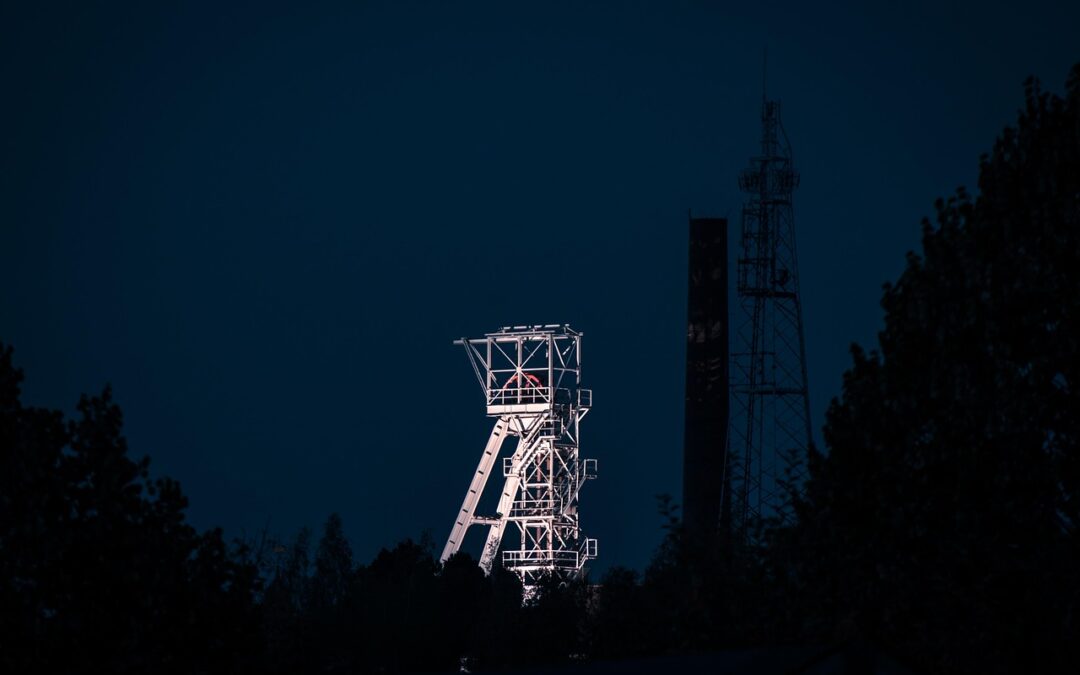The 19th century marked a pivotal era for labor movements, particularly in the mining industry, where grueling work conditions, corporate exploitation, and dangerous environments ignited worker activism. The rise of labor unions and collective action reshaped mining practices and helped establish labor rights that still resonate today.
The Impact of Industrial Mining on 19th-Century Labor Conditions
Industrial mining in the 19th century demanded long hours of physically taxing work in harsh and hazardous environments. Miners faced constant risks of cave-ins, toxic gas exposure, and equipment failures. Despite their vital role in powering industrialization, miners were often paid meager wages and lacked access to proper safety measures. This harsh reality spurred the formation of labor movements aimed at improving working conditions.
The Role of Labor Unions in the 19th-Century Mining Industry
The 19th century saw the emergence of labor unions in the mining industry as a direct response to worker exploitation. Organizations like the Miners’ National Association and the Knights of Labor gave workers a collective voice, empowering them to demand better wages, safer working conditions, and reduced work hours. These unions played a crucial role in negotiating with corporate mining entities and advocating for legal protections for miners.
Key Demands of 19th-Century Miners in Labor Movements
Miners in the 19th century had specific demands that reflected their struggles. They sought:
- Improved workplace safety standards to minimize accidents.
- Fair wages that reflected the dangerous nature of their work.
- An eight-hour workday to replace the prevailing 12- to 16-hour shifts.
- Protections against exploitation by mine owners, such as wage theft and discriminatory practices.
These demands became central to labor strikes and union negotiations, shaping the broader labor rights movement of the era.
Major 19th-Century Mining Disasters and Their Influence on Labor Movements
Tragic mining disasters, such as the Avondale Mine Disaster of 1869 and the Springhill Mining Disaster of 1891, underscored the dangerous conditions miners faced daily. These catastrophes claimed hundreds of lives and galvanized public support for labor reforms. The outcry following these events led to stricter safety regulations and strengthened the resolve of labor unions in their fight for miners’ rights.
The Effects of Corporate Mining on Worker-Owner Relations in the 19th Century
Corporate mining operations prioritized profits over worker welfare, leading to strained relationships between miners and mine owners. The introduction of company towns and scrip-based pay systems further deepened this divide, as miners became economically dependent on their employers. This dynamic fueled resentment and prompted organized resistance, including strikes and boycotts.
The Role of Immigrant Miners in 19th-Century Labor Movements
Immigrants played a significant role in the 19th-century mining workforce and its associated labor movements. Many miners hailed from countries like Ireland, Italy, Poland, and China, bringing diverse experiences and perspectives to the labor struggle. Despite facing additional challenges such as language barriers and discrimination, immigrant miners were instrumental in organizing strikes and forming unions, uniting workers across cultural and national lines.
Interconnections Between Mining Labor Movements and Other Social Movements of the Time
Mining labor movements were deeply interconnected with other social movements of the 19th century, including the broader push for workers’ rights, women’s suffrage, and abolition. These movements shared common goals of equity, justice, and improved living standards, creating a network of activism that amplified the voices of marginalized communities.
The Contribution of Mining Labor Movements to Social and Political Change in the 19th Century
The efforts of mining labor movements contributed significantly to social and political reform during the 19th century. They paved the way for legislation like the Factory Acts and the introduction of mine safety regulations. These reforms not only improved conditions for miners but also influenced labor laws across various industries, marking a turning point in worker-employer dynamics.

Long-Term Effects of 19th-Century Mining Labor Movements on the Industry and Workforce
The legacy of 19th-century mining labor movements is evident in today’s workplace protections and labor laws. From minimum wage standards to occupational safety regulations, the struggles of miners in the 19th century laid the foundation for modern labor rights. These movements also established the importance of collective bargaining as a tool for achieving workplace equity.
The Enduring Legacy of 19th-Century Mining Labor Movements
The labor movements born out of 19th-century mining hardships continue to inspire activism and reform. They serve as a reminder of the power of collective action and the importance of prioritizing worker welfare. As the mining industry evolves, the lessons learned from these movements remain a cornerstone for addressing modern challenges and ensuring ethical practices.

